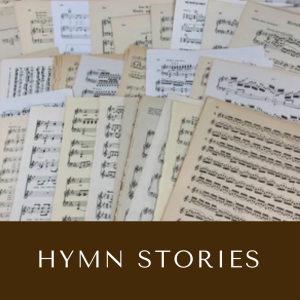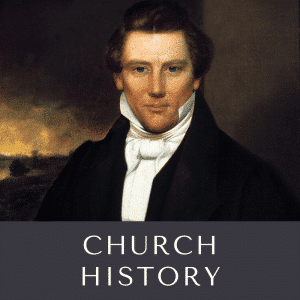Description
Be Still My Soul
Be still, my soul: The Lord is on thy side;
With patience bear thy cross of grief or pain.
Leave to thy God to order and provide;
In ev’ry change he faithful will remain.
Be still, my soul: Thy best, thy heav’nly Friend
Thru thorny ways leads to a joyful end.
Be still, my soul: Thy God doth undertake
To guide the future as He has the past.
Thy hope, thy confidence let nothing shake;
All now mysterious shall be bright at last.
Be still, my soul: The waves and winds still know
His voice who ruled them while He dwelt below.
Be still, my soul: when dearest friends depart,
And all is darkened in the veil of tears,
Then shalt thou better know His love, His heart,
Who comes to soothe thy sorrow and thy fears.
Be still, my soul thy Jesus can repay
From His own fullness all He takes away.
Be still, my soul; the hour is hast’ning on
When we shall be forever with the Lord,
When disappointment, grief, and fear are gone,
Sorrow forgot, love’s purest joys restored.
Be still, my soul; When change and tears are past,
All safe and blessed we shall meet at last.
This is a hymn of peace. The words and the melody calm the soul and quiet the heart. It is a hymn of faith, written by someone who experienced both the challenges of mortality as well as the comfort of heaven — and yet, the hymn we sing today could be aptly described as a collaboration of Divine Providence.
The original words were written by Catharina Von Schlegel, who was born October 22, 1697 in Germany. As she came of age, Catharina was part of the Pietist Movement in Germany, which has been described as a “religious reform movement that began among German Lutherans in the 17th century. It emphasized personal faith against the main Lutheran church’s perceived stress on doctrine and theology over Christian living. It placed an emphasis on living Christlike over rote forms of worship. Hymn singing was renewed and written for the intent of spiritual renewal. Very little is known of the rest of Catharina’s life, not even the date and place of her death.
About 100 years later, Jane Laurie Borthwick of Edinburgh Scotland, studied, learned, and came to love German hymns. With encouragement, she translated some of those beautiful hymns into English. In 1853, Jane and her sister Sarah published Hymns from the Land of Luther. “Be Still My Soul” was among them.
Jane was born in 1813 in Edinburgh, the daughter of an insurance manager. She and Sarah were both members of the Free Church of Scotland, an evangelical separatist group that broke away from the Church of Scotland in 1843, demanding that the Church purify itself of corruption and “live as becometh Christians.” Jane was a modest, generous woman who never married, but actively supported Christian causes. She passed away in September 1897.
When Catharina’s poem was first published in Germany, it was set to music and she likely sang it. When Jane Borthwick published it in Scotland, it was sung throughout the land to the tune of St. Helen.
Johan Julius Christian Sibelius, who we know as Jean Sibelius, was born December 8, 1865, in Finland. He is still regarded as Finland’s “greatest composer, and his music is often credited with having helped Finland develop a national identity during its struggle for independence from Russia.”
It was in 1899 when Sibelius wrote a patriotic piece, a symphonic poem titled “Finland Awakens”. At that time, Finland was under great censorship of the press, and the people organized “Press Days”. During which, they celebrated the history of Finland using the arts, and Sibelius participated, composing “Finlandia”.
“Finlandia” became immensely popular. Then about 1927, a Welshman named David Evans randomly paired portions of “Finlandia” with Jane Borthwick’s translation of Catharina’s poem text. Of that came the version of “Be Still My Soul” that is sung across the Christian world today. In 1933 it was first published in the United States.
Consider the words and the spirit of this great hymn again:
Be still, my soul: the Lord is on thy side;
With patience bare thy cross of grief or pain.
Leave to thy God to order and provide;
In ev’ry change He faithful will remain.
Be still, my soul: thy best, thy heav’nly Friend
Thru thorny ways leads to a joyful end.
This beautiful hymn invokes peace and calm to the soul and yet it was created in the hearts of three different artists who never knew each other, from three different countries, more than 100 years apart. They all shared one thing in common — a strident rebellion against tyranny and oppression. Out of the protesting hearts came the cry “Be Still My Soul.”
Sources:
https://www.hymnologyarchive.com/be-still-my-soul
https://en.wikipedia.org/wiki/Jean_Sibelius
https://en.wikipedia.org/wiki/Free_Church_of_Scotland_(1843%E2%80%931900)
https://www.britannica.com/topic/Pietism
https://amazinghymns.com/be-still-my-soul/
Copyright Glenn Rawson 2023














